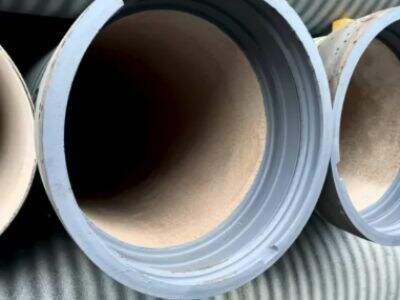Putting in pipes is a difficult task, however, with the right advice, tips and tricks, you can slip past those common pitfalls and screw them together right. Whether you’re doing a big renovation or a cosmetic touch-up, it makes a difference to know how to treat the pipes with care. Yongtong is an industrial manufacturer with years of experience and they know how to install pipes the best way. Let’s talk about common issues with flanged pipework installation and how you can avoid them.
Troubleshoot common pipe installation problems
If you are installing pipes, you may encounter a few problems. At times the pipes won’t line up correctly, or they’ll start to leak after you’ve put them in place. It’s easy to get frustrated when plans don’t come together. One workaround is to double-check these measurements before you begin. Ensure that the pipes you have are the right size and correspond to the connectors. If there’s a leak, wrapping a bit of plumber’s tape around the thread of the pipe before screwing it on might lead to a tighter seal.
Tips for successful pipe installation
You will want to have the right tools and materials for a successful pipe installation. This involves the use of pipe cutters, wrenches, and sealant. Yongtong suggests setting up your work area and prepping all of your materials first. This can save time, and prevent mistakes. Another hint is to prepare the ends of the flanged pipe fittings before joining them. Clogs dirt or debris can lead to leaks.
Overcoming obstacles in pipe fitting
In some cases, the area where you need to put in pipe is just very tight and difficult to work in. If so, you’ll want some special tools, such as a basin wrench or pipe bending tool. They are tools for getting to and fitting pipes into tight places. Yongtong recommends practicing with the tools on some scrap pipes so you get a feel for using them on the real job.
Step-by-step guide for installing pipes
Measure the space where your pipes will be and cut the pipes to fit. Then, clean the edges of the cut pipes. Then, use sealant on the threads of the pipe fittings. Then, attach the flanged pipe to the fittings and secure them with a wrench. 4. Lastly, test the water to see if there are any leaks. If everything appears good, then the pipes are installed successfully.
Common problems associated with pipe installation and solutions
Rusty and old pipes are one of the most common problems. These can be difficult both to remove and to replace. Yongtong recommends a penetrating oil to help loosen the fittings before attempting to remove them. When a pipe is frozen, it can be helpful to heat it and allow it to expand, so it’s easier to work with. Just be cautious and use heat with protective gear.
Running pipes is tough overheads, but with a little preparation and the right tools, you can pull it off. Open slowly, re-read, and ask for help if needed. Yongtong is your source for high-quality products and expert workmanship to meet all your pipe installation needs.


